From equal linen fibers…
The Mong people in the Dong Van stone plateau, Ha Giang often say to each other: "A beautiful girl who doesn't know how to weave linen is also ugly." No one remembers when the Mong people's linen weaving profession began, but it is known that Mong women, from their teenage years, have been taught weaving and embroidery by their mothers and grandmothers. From growing linen to dyeing, from spinning to weaving - more than 40 meticulous manual steps to make products for family use. But then, like many other traditional professions, the whirlwind of modernization and industrial textiles has been putting the Mong people's linen weaving profession at risk of extinction.
In the work “A Phu’s Wife”, writer To Hoai has a sentence describing the character Mi that anyone who has read it will remember forever: “Every day Mi does not speak, retreating like a turtle kept in a corner of the door”. During business trips to the highlands, to the Mong ethnic minority, reporters have also witnessed stories about the status of Mong women whose main job is housework. Rarely do people have jobs that can earn money to buy themselves, their children, pants, shirts or lipstick. Many have even been beaten by their husbands when they need money to pay for basic hygiene. A deadlocked life, empty-handed in the economy , and violence have caused many Mong women to leave their homes to go to the border to find work and fall into human trafficking rings, even losing their lives in foreign lands, leaving their families and young children behind.
From the reality of the linen weaving profession gradually fading away and the need to create jobs with income to help Mong women change their lives, Ms. Vang Thi Cau - Vice President of the Women's Union (WU) of Dong Van district, also a Mong woman, is concerned. With the knowledge that her mother taught her since she was young, Ms. Vang Thi Cau decided to teach the profession to many Mong women in the district. On November 23, 2017, the Sa Phin A Agricultural and General Service Cooperative (former name of the White Linen Cooperative) was inaugurated, in March 2018 the first batch of products was sold to the market and up to now, the White Linen Cooperative currently has 47 types of handicraft products imbued with the cultural identity of the Mong people, sold on the spot to serve the souvenir shopping needs of tourists, especially foreign tourists. Not stopping there, the products of the Cooperative have begun to be exported to the Netherlands, Germany, Japan, etc.
What is even more special is that the success of Lanh Trang is not only determined by the quantity and quality of products, but also by special stories. Because the people and the hands that make the products are also the ones who have had very unfortunate lives due to domestic violence and human trafficking, as the story of Sung Thi Si - Deputy Executive Director of Lanh Trang Cooperative is an example. Sung Thi Si's house is right next to the headquarters of Lanh Trang Cooperative. Si's husband is often drunk, often beats his wife and children. Knowing Si's situation, Vang Thi Cau convinced Si and her husband to join Lanh Trang Cooperative. After less than 6 months, the results were surprising. With a job and income, the husband stopped drinking, stopped beating his wife and children, became the main laborer, the most active member of the Cooperative, shouldering all the heavy work for his sisters. Sung Thi Si was assigned the important responsibility of Deputy Executive Director of Lanh Trang Cooperative.
In October 2018, Sung Thi Si and the Lanh Trang Cooperative successfully defended the "Project on developing brocade products from natural linen", which is one of the five excellent start-up projects supported by the Central Committee of the Vietnam Women's Union with the highest level of capital to continue developing. At the National Final of the "Women's Creative Startup and Green Transformation" Contest in 2024, the name of Lanh Trang Cooperative was once again mentioned when the Brocade Weaving Cooperative Project, Van Chai B village, Van Chai commune, Dong Van district, Ha Giang province of Ms. Vu Thi Ha was awarded the Encouragement Prize (previously, at the regional final in the North, the project won the First Prize). Not only escaping poverty, Mong women in Lanh Trang have now become "cultural ambassadors" to spread the traditional linen weaving profession of the ethnic group throughout the country and abroad.
To the gong sound to spread the gender message
Geographically distant, the stories of women spreading the message of gender equality and preserving ethnic culture in Dong Van, Ha Giang and Gia Lai are relatively similar.
|
By 2024, Gia Lai province had formed 33 female gong clubs and teams with more than 1,600 members. (Source: Gia Lai Newspaper) |
For the Bahnar and Jrai people in Gia Lai, gongs - the most sacred symbols - are traditionally reserved for men, while "women do not play gongs" because they are assumed to play a logistical role in rituals, such as preparing offerings, dancing xoang, supporting their husbands and children... However, with the spread of programs promoting gender equality and preserving cultural heritage, especially within the framework of Project 8 of the National Target Program for Socio-economic Development of Ethnic Minorities and Mountainous Areas, Bahnar and Jrai women in Gia Lai have confidently played the sacred gongs in community rituals.
According to the Gia Lai Provincial Women's Union, from the first female gong team in Gia Lai province established in 2014 with 60 Bahnar women holding gongs and beating festival rhythms for the first time, something that previous generations had never thought of, by 2024, the whole Gia Lai province had formed 33 female gong clubs and teams with more than 1,600 members. The birth and development of dozens of female gong teams, groups and clubs not only contributed to preserving the cultural heritage of the Central Highlands, but also created positive changes in the awareness of the role of women in community life.
Women's gongs are not only played in village yards, but also resonate at major events such as the National Great Unity Festival, the Central Highlands Gong Festival, the program "Weekend Gongs - Enjoy and Experience" at the Great Unity Square (Pleiku City)... These are spaces that are both rich in identity and modern, bringing women's gong sounds closer to the public.
Not only learning to play gongs, the clubs also become a place to connect women in the village, sharing with each other how to raise children, maintain family traditions, and develop family economy. Particularly in the area implementing Project 8 - promoting gender equality and solving urgent problems for ethnic minority women and children, there have been 18 clubs in operation, attracting 680 women members to participate...
Have a star to dream about
Reality has shown that behind the flax fibers and gong sounds spreading the message of gender equality, behind the stories of national culture approached through the lens of equality, there is a journey to nurture dreams.
|
To date, the White Linen Cooperative has 47 types of handicraft products imbued with the cultural identity of the Mong ethnic group, which are sold on the spot and exported to many countries. (Source: Vietnam Women's Union). |
Poet Nguyen Khoa Diem once wrote: “Everyone has a homeland to remember, a river to reflect on, a star to dream of”. Encouraging the journey to keep dreams, in recent years, within the framework of Project 8 “Implementing gender equality and solving urgent problems for women and children” chaired by the Vietnam Women's Union, the Vietnam Women's Museum has been constantly striving to tell authentic, moving and inspiring stories to the community in the journey to accompany ethnic minority women and children in the mountainous areas, through a series of exhibitions, talks, and documentary videos from all over the country. From “Beeswax - Indigo” of the Mong and Dao people in Hoa Binh and Cao Bang, to “Story by the Ba River”, “Highland Sunlight” of Gia Lai to “Sunshine on the Mountain” in Lao Cai and “Thanh Son on a New Day” for the people of Thanh Hoa… each story is a bridge to extend the arms of companionship for women and children.
On May 24, 2025, continuing the activities and communication events "Reaching out - Shining" organized by the Vietnam Women's Museum in collaboration with UNESCO Vietnam, the Department of Education and Training of Cao Bang province, CJ took place at Hop Giang Secondary School, Cao Bang city, Cao Bang province with the participation of nearly 1,000 students and teachers from 6 primary schools, of which 86% were ethnic minority students.
At the event, Ms. Nguyen Thi Tuyet - Director of the Vietnam Women's Museum said: "This is not only a communication activity, but also an affirmation of our commitment to accompany the community, especially the people in the highlands, for a sustainable society. Please hold on to your stars. Believe that you are not alone on that journey. Because around you are teachers, friends, family and us - those who believe that from the highlands, letters can also give wings to the future."
Within the framework of the event, the talk show "Reaching Out - Shining" took place with the participation of two typical ethnic minority female speakers, representing the image of women who dare to dream, dare to aspire, overcome barriers of prejudice and persevere, steadfastly pursue their goals, to succeed and shine in their own way. They are Ha Le Diem - a young female director of the Tay ethnic group, who won the "Best Director" award at the 2021 Amsterdam International Documentary Film Festival with the film "The Children in the Mist", which was in the top 15 Oscar nominations and Phung Mui Nhinh - a female Jujitsu athlete of the Dao ethnic group, won the Gold Medal at the 2024 Asian Jujitsu Championship and is the pride of the Vietnamese Jujitsu team in the international arena.
UNESCO Representative in Vietnam shared: “Celebrating the 30th anniversary of the Beijing Declaration, Vietnam reaffirms its commitment to gender equality. I am very impressed by the aspirations for development and the spirit of continuous learning of ethnic minority students inspired by examples like Ms. Ha Le Diem and Phung Mui Nhinh”.
Source: https://baophapluat.vn/lan-toa-thong-diep-binh-dang-gioi-tu-giu-gin-van-hoa-dan-toc-post550282.html








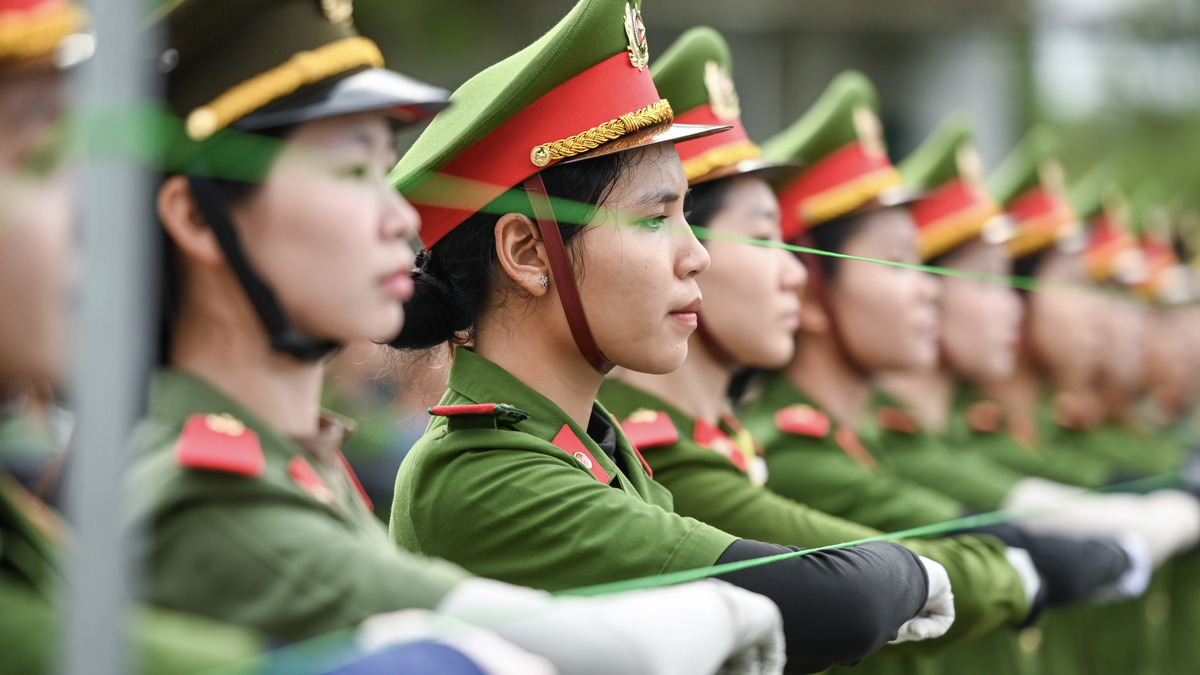

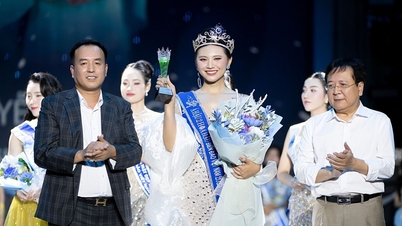




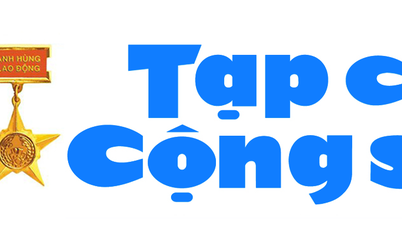

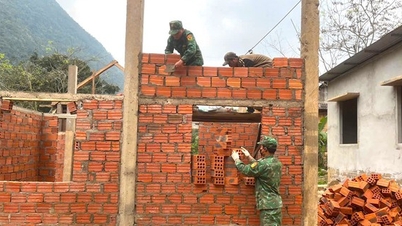





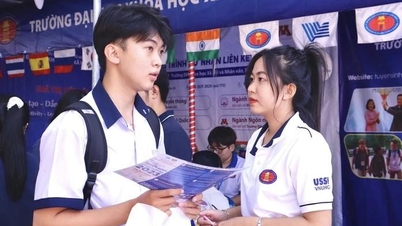

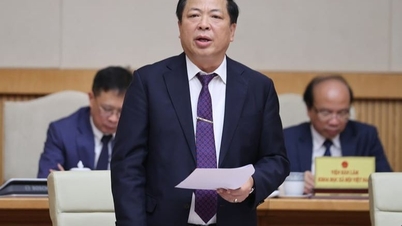








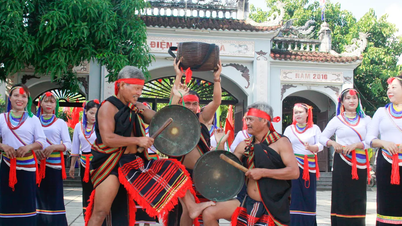

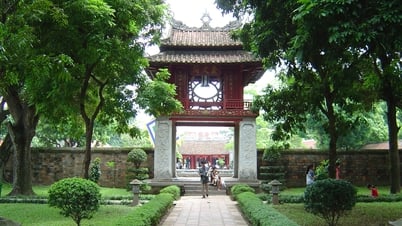

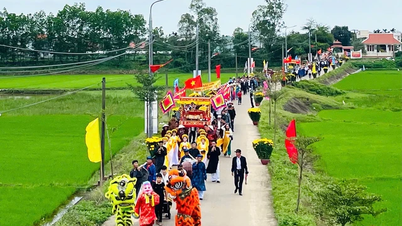















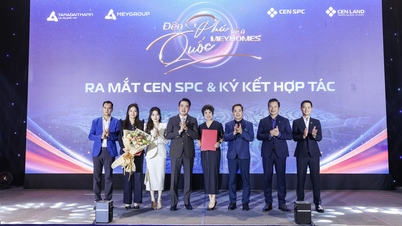




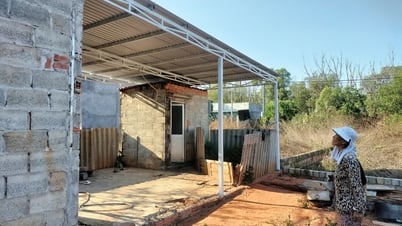









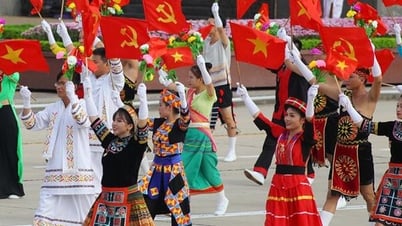




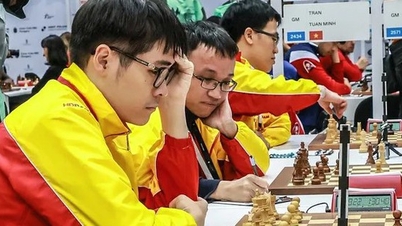
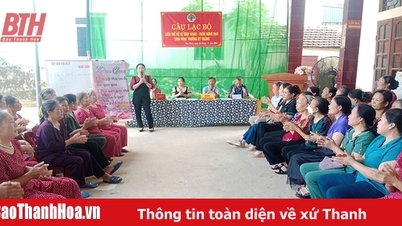

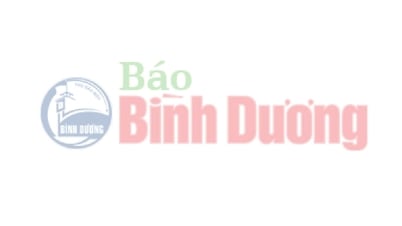

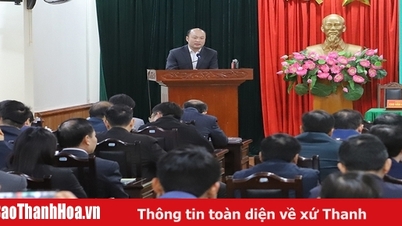
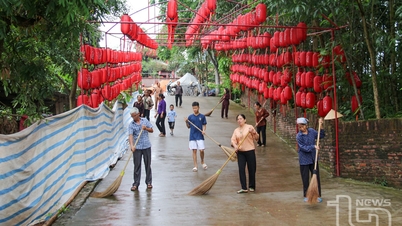

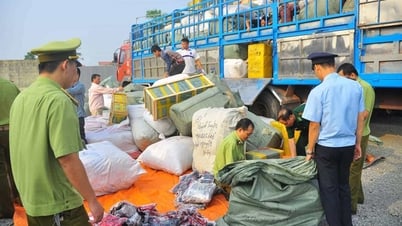











Comment (0)